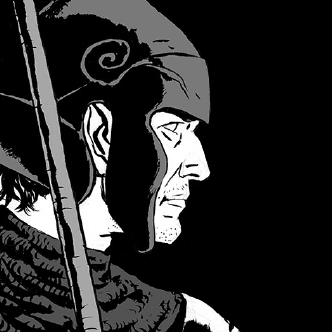Fly, Crali, fly
- Jarek Kupść

- Mar 22, 2020
- 1 min read
Tullio Crali, a relative late-comer to Futurism, picked up flying as a teenager. Unlike some of his older aeropittura colleagues, his aerial perspectives were born of peace-time experience.

If cubism, outwardly speaking, offered us objects or people presented from multiple angles at once, Futurism expanded that idea to capture dynamism of mechanical motion. We take it all for granted now, but looking at Crali's work of the 30s, one can't help but be completely taken by the sheer joy of his cockpit views and scenes of sub-celestial adventures. Flying can be a pure, mind-altering experience, and nobody conveyed that better in art than Crali. But his dynamic divisions of canvas easily transcend the limitations of its mechanical subjects. Among Futurists, Crali is the one who celebrates life and human accomplishments without a hint of cynicism.

The spectre of fascism looms large over the Futurist movement. But when assessing all that magnificent art, one should remember that its origins predate both World War I and Mussolini. The Great War, in fact, ended the original movement. Crali belonged to the revived phase called il secondo Futurismo. He did grow up and became a painter in Mussolini's Italy. Perhaps his glorious visions were a statement of sorts – perhaps he wanted to escape into the clouds.




Comments